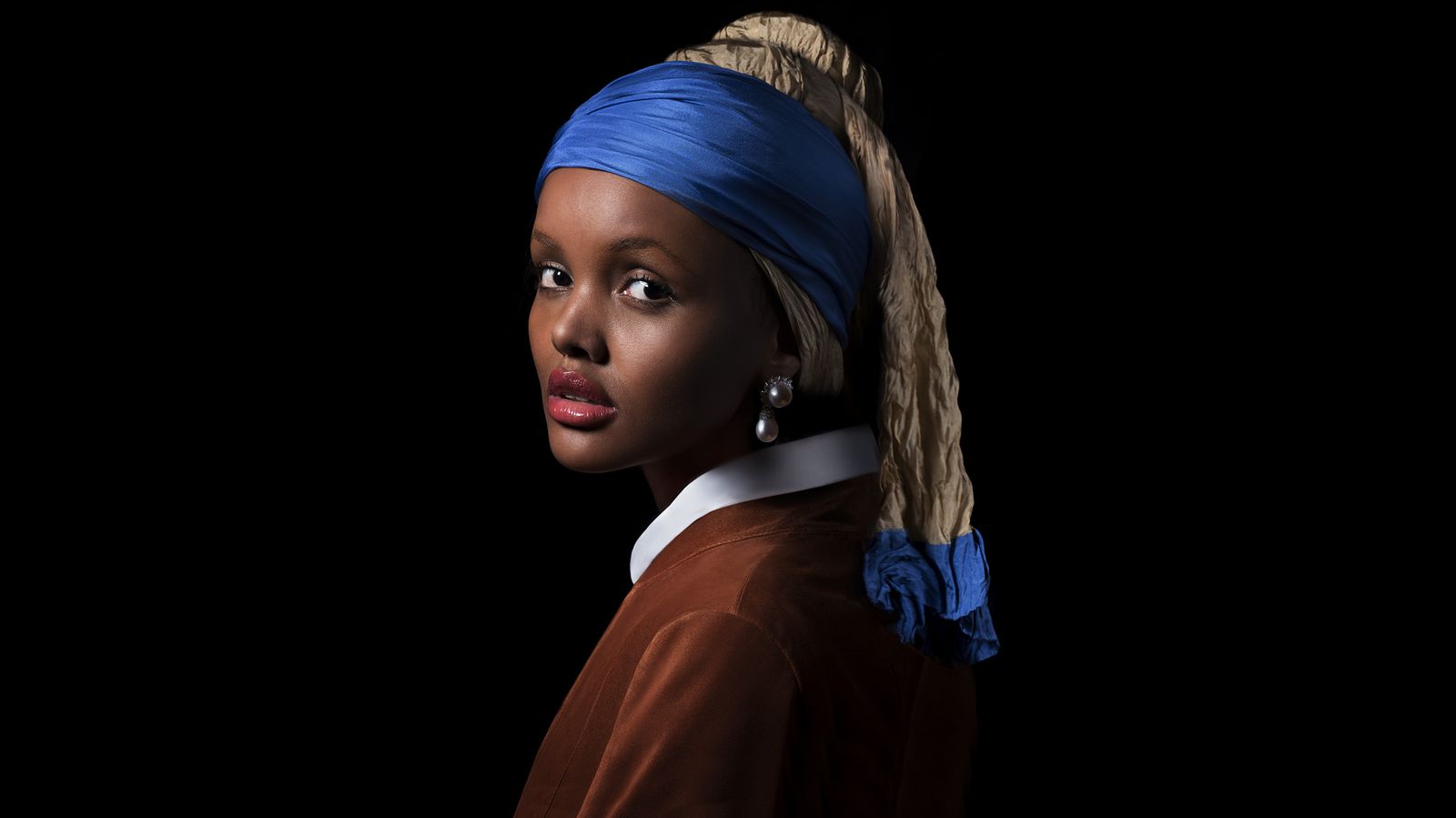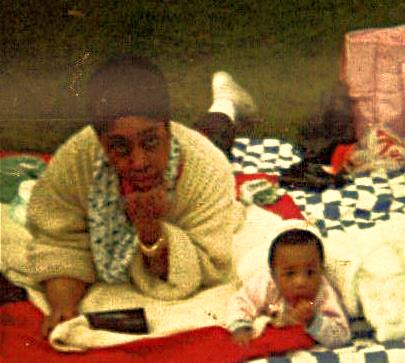
What was the purpose of Halima Aden’s inclusion in Sports Illustrated, Swimsuit Edition? Was it to show that ‘Muslim women can be sexy too’ or that, ‘Modesty is sexy too’ or simply that, ‘Muslim women can be in Sports Illustrated too’. Muslim women have been on the quest for ‘too’ ever since we were made to be excluded, told we were oppressed and that our hijab (and/or religion) didn’t allow us to do this or be that. As a black woman, this attempt at inclusion is all too familiar. As Halima Aden did, Tyra Banks similarly gloated, when she was the first African American on the cover of Sports Illustrated. This was supposed to be an achievement, finally, black women could be sexually objectified too. There was little question as to whether or not it was good for women to be seen as sexual objects, plastered onto objects, for men to objectify; we were too busy celebrating our inclusion. Yet, it could be said that there’s no reason black people should be more moral than white people, race, and morality are unrelated. But for us as Muslims, the question of what we should include ourselves in must be asked. We are bounded by our beliefs and our ethics, having the first black woman on the cover of Sports Illustrated and having the first (covered) Muslim woman in Sports Illustrated are two very different events.
There are some things that we as Muslim women should not want to be a part of and should not applaud. But, it’s important to acknowledge Halima’s intent, she states, “Don’t change yourself, change the game”. And in that, I agree, it would be too far to say that Muslim women couldn’t be involved in fashion at all, all of fashion is not intent on sexualizing women. But, the mistake I believe she made, and another Muslim woman made years ago when she was featured in Playboy (in full hijab) is to believe that this idea can be applied to any segment of any industry. That is, even if you’re fully dressed if the intent of the magazine in its totality is to sexualize women, that does not change simply because one woman is dressed in hijab. Men buy Sports Illustrated (Swimsuit Edition) to fantasize about being with the attractive women within its pages, what message is being sent by placing a Muslim woman on the cover? I’m not sure; at the very least confusion, at most, they will enjoy the expanded variety of the types of women they are allowed to fantasize about. Sports Illustrated has, in a strange sense, given men permission to sexualize covered Muslim women.
But the sexualization of the covered Muslim woman isn’t, in fact, new. What is new is our willing participation. As Rafia Zakaria expresses brilliantly in her book Veil, the West has painted hijab as whatever they’ve found most convenient for their ends. After describing the previous eroticizing of veiled Muslim women, she writes, “The fully veiled Muslim woman, once imagined as singularly exotic and repressed, an emblem of the harem of old, ripe with forbidden sexual possibility, did not fit the rhetoric of the War on terror… a transformation (had to take place) of the fully veiled woman from the hapless subject requiring Western rescue to the subversive terrorist requiring imprisonment.” The hijab, in the imagination of the Western mind, can be whatever fits its narrative, our job is to speak out against these misconceptions. We must continually insist that the hijab is solely for our Lord, an act of submission, and not, whatever the West says it is at any given moment. Yes, as Muslim women we want to break barriers, I would see little controversy if a Muslim woman was on the cover of Vogue, Essence or Newsweek, none of these publications have the sole intent of sexualizing women, Playboy and Sports Illustrated, do. Halima Aden, I believe, has the right intent —opening new doors for Muslim women, but I deeply believe she missed the mark. This is not a door Muslim women should desire to walk through, it is rather one we should be at the forefront of closing.
[Ramadan Kareem beloved readers, may Allah accept.]
______________________
Side note: It’s beside the point, but I personally like Halima Aden from what I’ve seen of her, her career and her humanitarian work. She comes across as a sincerely good person and I pray Allah uses her to do lots of good in this world. This post is not a critique of her as a person, I’d actually hate to see anyone personally attack her for one poor decision. But, rather, I wrote this post to critique this particular action especially after seeing much of the blind praise she was being given by Muslim women for being on the cover of SI. The take home point of this post is simply, all inclusion is not good inclusion.
______________________
Photo source: http://bit.ly/2J4upfF
Consider picking up a copy of my book, 40 Hadith of ‘Aisha, An English collection of 40 Hadith narrated by the beloved wife, scholar, and sage ‘Aisha bint Abu Bakr, available here. Also, consider signing up for our monthly newsletter here: bythefigandtheolive.com/newsletter. For speaking engagements visit Nuriddeenknight.com





This is a great piece! Thank you for your insight. I am working on something like this. A few years ago, when modest fashion started picking up steam, I was all for it. Now, more and more, I am becoming increasingly disillusioned with it: why do we feel we need to be in spaces not made for us?
Alhumdulilah, thanks for your comment, yes it is a strange phenomenon.